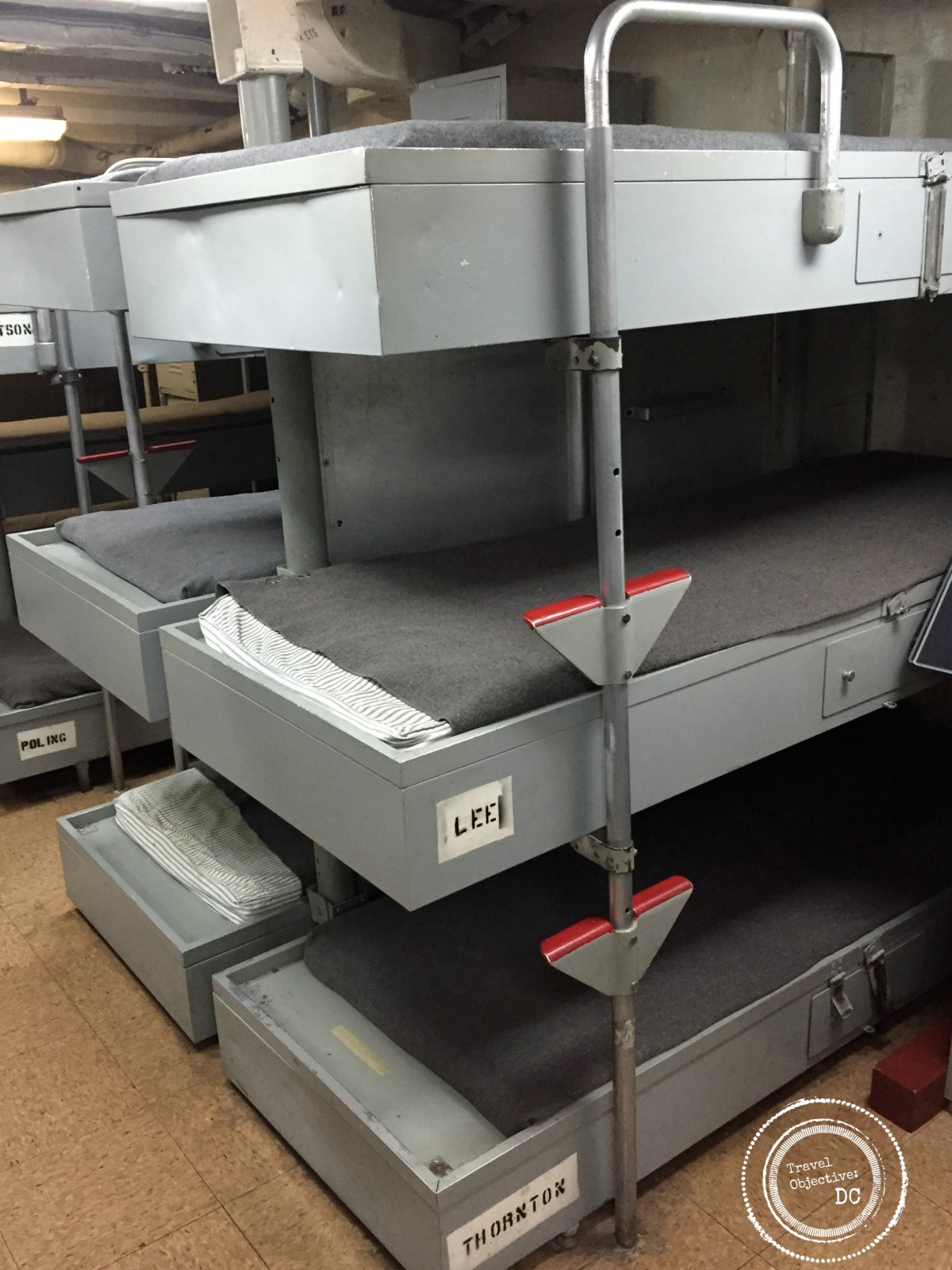What better way to observe the 75th Anniversary of the attack on Pearl Harbor than to visit the last U.S. ship afloat which saw action on that fateful December morning.
The U.S. Coast Guard Cutter Taney is moored about 40 miles north of Washington, D.C. The Taney is part of the Historic Ships in Baltimore, a floating museum of notable ships from our nation’s naval and maritime heritage.

The Taney (pronounced TAW-ney) was one of seven Coast Guard vessels in the Treasury class of High Endurance Cutters. The Treasury Class would be known for their ability to perform many different types of missions and their many years of service to the Coast Guard. The Taney was built in Philadelphia and launched in 1936. She was assigned to Honolulu from 1936 through 1941 where she undertook missions familiar to today’s Coast Guard: law enforcement, maritime patrols, and search and rescue, among others.
 On the morning of December 7, 1941, the Taney was moored in Honolulu Harbor, about eight miles away from Pearl Harbor. While not directly attacked that day, she did engage Japanese aircraft in her vicinity.
On the morning of December 7, 1941, the Taney was moored in Honolulu Harbor, about eight miles away from Pearl Harbor. While not directly attacked that day, she did engage Japanese aircraft in her vicinity.
In the war’s early years, the Taney stayed in the Pacific, conducting maritime patrols, pilot rescues, and counter-submarine operations.
From 1943-1944, the Taney served in the Atlantic theater, performing convoy escort duty between the U.S. and Europe, and engaging German planes in the Mediterranean. In late 1944 the Taney was converted to an Amphibious Command Ship and returned to the Pacific. She was Rear Admiral Calvin Cobb’s flagship at the battle of Okinawa where her crew served with great distinction defending her from more than 250 attacks by Japanese aircraft.
After the war, the Taney returned to peacetime missions: reporting weather conditions, conducting search and rescue missions, and supporting law enforcement operations. From 1946-1972, the Taney was based at Alameda, California.
 The Taney also participated in the Viet Nam War. From 1969-1970, she patrolled the waters off Viet Nam, supporting naval bombardments, preventing enemy resupply operations and providing medical assistance to South Vietnamese nationals.
The Taney also participated in the Viet Nam War. From 1969-1970, she patrolled the waters off Viet Nam, supporting naval bombardments, preventing enemy resupply operations and providing medical assistance to South Vietnamese nationals.
In 1972, she was transferred to the east coast, continuing her peacetime missions, as well as serving as a training ship for Coast Guard cadets and officer candidates.
The Taney was decommissioned in 1986 and transferred to the City of Baltimore as a museum ship.
After 50 years of service to the Coast Guard, the Taney certainly lived up to her designation as a “High Endurance” cutter.
* * *
Today the Taney is found on Pier 5 of Baltimore’s Inner Harbor. Climb aboard, walk the decks, explore the berths and you get a sense of the rhythm of mid-20th century “Coastie” life.

A blue line with arrows painted on the deck guides you through the living quarters, dining areas and work spaces. Placards and actual shipboard notices to the crew, dating from the 1980’s, explain how crewmembers spent their days moving between duty, meals, hygiene and sleep with long hours of routine punctuated by brief periods of white knuckle danger, recreational diversions or just a few peaceful moments to observe a Pacific sunset.
Available space is tight on the 327-foot-long cutter, so privacy was clearly a luxury reserved for the Taney’s senior officers, especially when the size of the crew doubled to over 250 personnel during World War II. There are also special exhibits devoted to the attack at Pearl Harbor and the Taney’s service in Viet Nam.

 Younger visitors can learn about the Taney’s Mascot “Soogie”, a dog who sailed on board from 1937 until 1948.
Younger visitors can learn about the Taney’s Mascot “Soogie”, a dog who sailed on board from 1937 until 1948.
Paw prints on the floor direct kids to information kiosks with details about this Coastie canine and his life at sea.
In recognition of her service at Pearl Harbor, each year on December 7 at 12:00 noon, the Historic Ships in Baltimore hosts a memorial ceremony on board the Taney. The event is free and open to the public.
But any season is a good time of year to visit the Taney and learn her stories. A few hours on board and you can’t help but develop a healthy respect for the ship and the crew members who sailed her through a half century of service to the United States.

